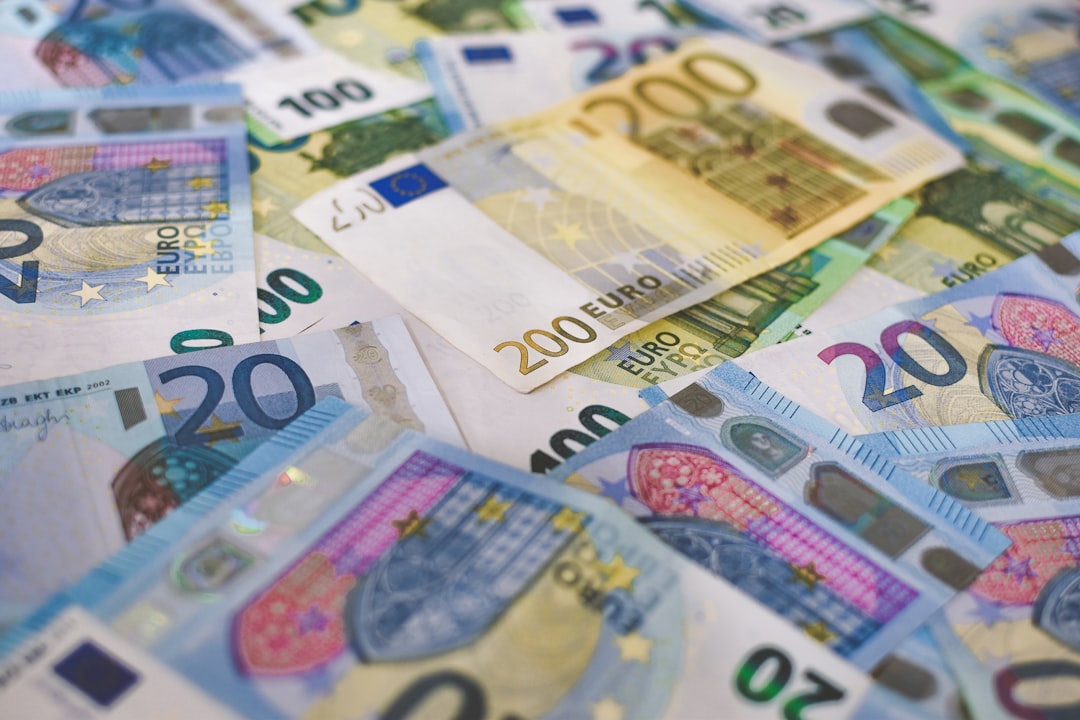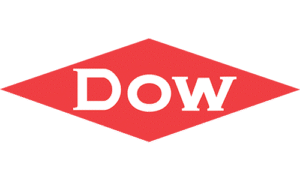Goldman Sachs analysts have reduced their probability estimate of a U.S. recession in 2025 to 35%, down from 45%, following the recently struck U.S.–China tariff pause. The firm also lifted its full-year GDP growth forecast by 0.5 percentage points to 1.0%, while pushing back the timeline for Fed rate cuts.
Trade Agreement Eases Economic Pressure
On Monday, Washington and Beijing agreed to pause most tariffs for 90 days, cutting U.S. levies on Chinese imports from 145% to 30% and China’s duties on U.S. goods from 125% to 10%. This de-escalation has:
-
Reduced drag on trade volumes and business confidence
-
Lowered near-term inflationary risks tied to import costs
-
Strengthened the outlook for consumer and corporate spending
Goldman’s economists note that, with trade tensions dialed back, the U.S. economy is less likely to slip into contraction despite earlier fears.
Revised Fed Rate Cut Forecast
Buoyed by a firmer growth outlook and contained inflation, Goldman now anticipates:
-
Three Fed rate cuts in 2025–2026
-
December 2025 (moved from July)
-
March 2026
-
June 2026
-
-
A shift in policy rationale from “insurance” to “normalization”, as growth remains resilient and labor markets stay strong.
Goldman’s peers, including Citigroup (NYSE: C), have similarly pushed back rate-cut expectations, reflecting a broader reassessment of monetary policy timing.
Tracking Key Economic Releases
Investors monitoring the impact of trade policy and Fed timing on markets can keep ahead of crucial macro data—such as GDP revisions, unemployment reports, and Fed announcements—using the Economics Calendar API. This tool delivers real-time schedules and consensus forecasts, helping you align your strategies with unfolding economic trends.
What’s Next?
-
Watch for Q2 GDP revisions and personal consumption data to validate Goldman’s upgraded forecast.
-
Monitor Fed communications for any hints of a December rate adjustment.
-
Assess sector rotation opportunities as interest-rate expectations evolve.




